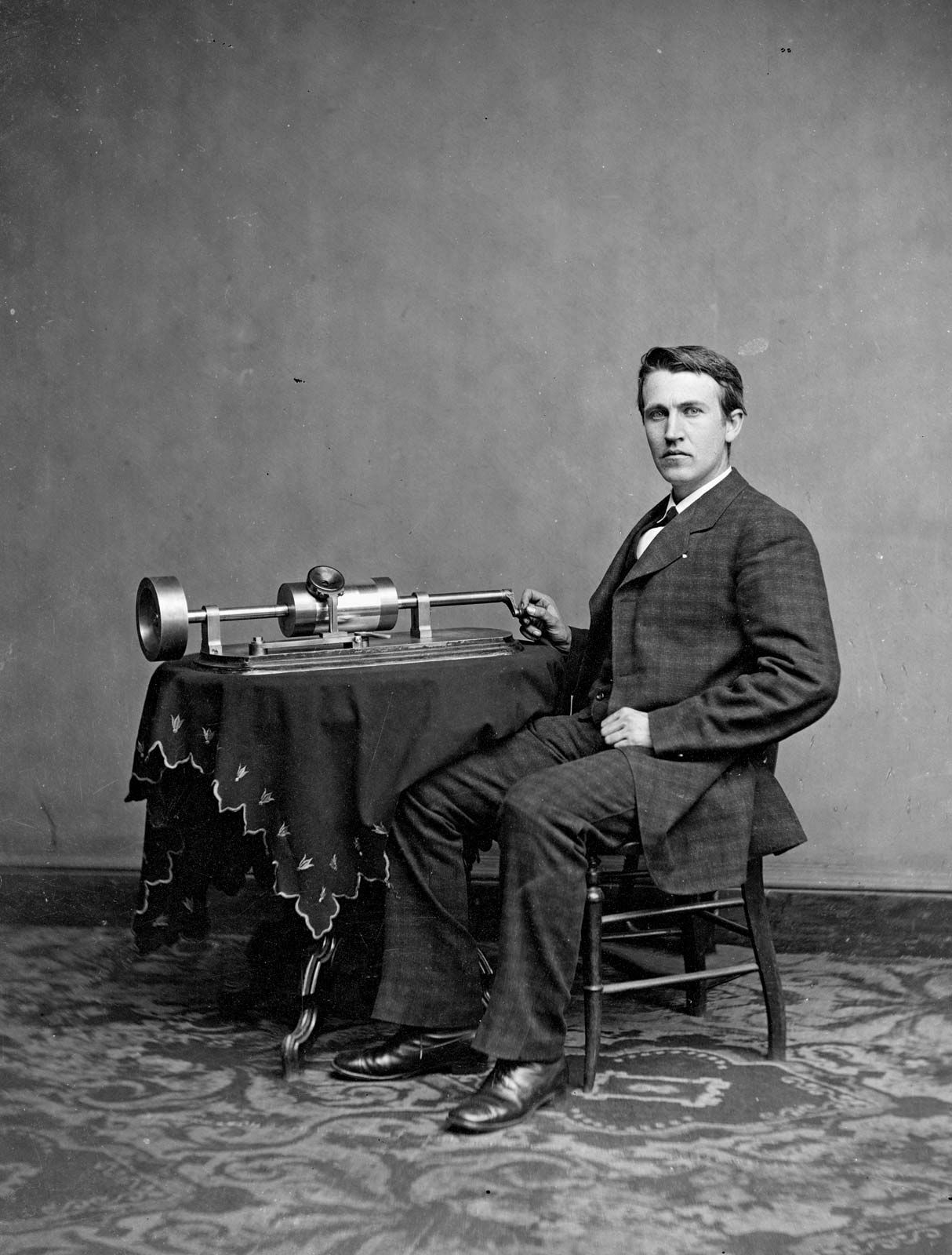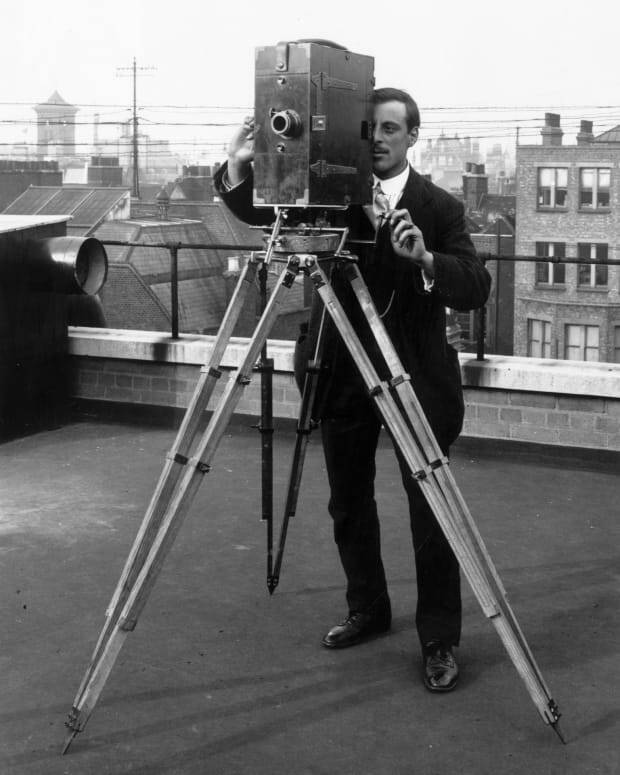OR
NATURE
MIND
1830s
1840s
1850s
1860s
1870s
1880s
1890s
/
/
The story about Thomas Alva Edison, American inventor and businessman.
How his inventions changed our world and life
/
One of the smartest people at whole Earth


INVENTIONS
TELEGRAPH
PHONOGRAPH
MOVIE CAMERA
Between 1870 and 1874, Edison developed a vastly superior system, in which a telegraph receiver utilized a metal stylus to mark chemically-treated paper, which then could be run through a typewriter-like device. It was capable of recording up to 1,000 words a minute, which made it possible to send long messages quickly.
In late 1877, he got a machinist to build the device, using tin foil instead of wax, and Edison recorded the nursery rhyme “Mary Had a Little Lamb.” The following year, he was granted a patent for the design, which also included a lighter needle to find the groves and transmit vibrations to a second diaphragm, which recreated the person’s voice.
In the late 1880s, Edison supervised his lab’s development of a technology “that does for the eye what the phonograph does for the ear.” Most of the work on the Kinetograph, an early movie camera, and the Kinetoscope, a single-person peephole movie viewer, was actually performed by Edison’s employee William Kennedy-Laurie Dickson.



Thomas Edison invented a lot of things, which changed people` s life so much, as it was possible




1870s
light bulb invention
In the late 1870s, Edison designed a vacuum bulb, in which a metal filament could be heated to create light. One night, after absent-mindedly rolling between his fingers a piece of lampblack, the material he used in his telephone receiver, he got the idea for switching to a carbonized filament.
